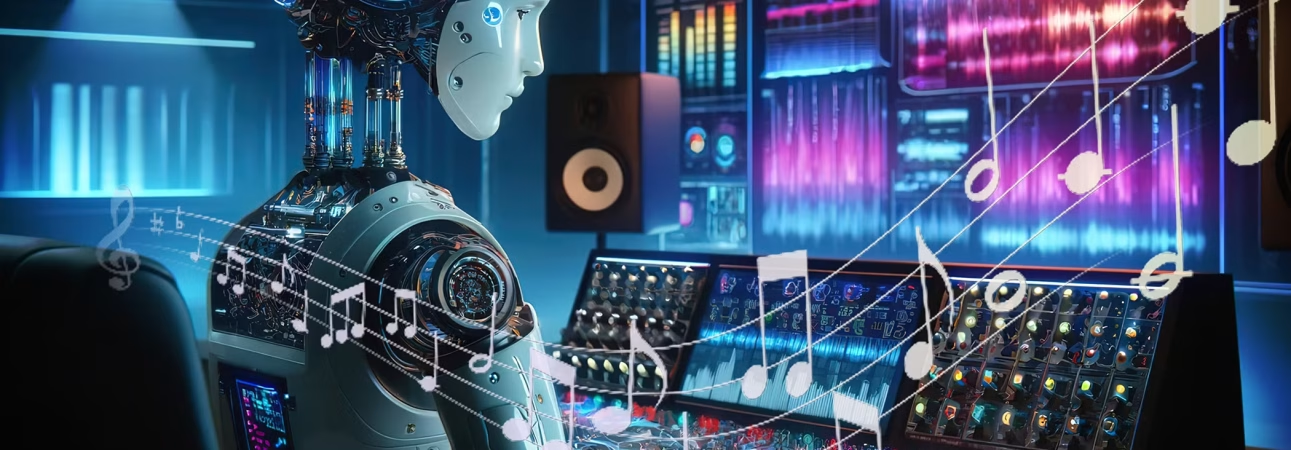Song writing with AI tools has transformed the creative process for musicians at all skill levels. These intuitive applications enable anyone to create original compositions without extensive musical training or expensive equipment. You can quickly generate melodies, chord progressions, and full instrumental tracks as foundations for your songs by leveraging algorithmic assistance. Modern royalty free music generator provides endless creative possibilities while ensuring you maintain rights to your finished compositions, removing traditional barriers that once made song writing inaccessible to beginners.
Finding your sonic palette
Artificially assisted song writing begins with discovering what resonates with your creative vision. Most generators offer present templates across genres, from classical to electronic, pop, rock, hip-hop, ambient, and countless fusion styles. Experimenting with these options helps you identify which sonic landscapes align with your artistic goals. Many platforms organise their offerings by mood, tempo, and instrumentation rather than genre labels. This approach allows for more nuanced exploration based on the emotional quality you wish to convey.
Prompt crafting essentials
- Clear descriptors about tempo, mood, and instrumentation yield better results than vague requests
- Reference specific genres or sub-genres rather than broad categories for more focused output
- Including instrument specifications helps create balanced arrangements that sound professional
- Emotional descriptors like “melancholic,” “uplifting,” or “tense” guide the algorithmic composition
- Avoid contradictory instructions that confuse the generator’s parameters
- Experiment with different phrasings of similar ideas to discover subtle variations
From beats to complete songs
Transforming AI-generated elements into complete songs requires structural planning. Most commercial songs follow recognisable patterns like verse-chorus-verse-chorus-bridge-chorus. Map out these sections before generating content to ensure your composition has a natural flow and development. Some generators allow you to specify different musical elements for each section, creating contrast between verses and choruses. Establishing transitions between sections often requires manual adjustment to ensure smoothness. Consider how one section leads into another by adding risers, drum fills, or brief pauses. These transitional elements signal listeners that the song progresses to a new section, maintaining their interest throughout the composition.
Copyright considerations
Understanding the licensing terms is essential for protecting your creative work when using AI music tools. Most generators offer various licensing tiers, from personal use to commercial applications. Review these terms carefully before publishing or monetising your music to avoid legal complications later. Some platforms grant you complete ownership of the output, while others may retain certain rights or require attribution. The distinction between “royalty-free” and “copyright-free” is crucial; royalty-free typically means you don’t pay ongoing fees for use, but doesn’t necessarily mean you own all rights to the composition.
Consider downloading stems rather than just mixed audio files for professional projects. Access to these parts allows for more detailed mixing and ensures you can make future modifications without starting over. This approach provides maximum flexibility as your skills develop and your production requirements become more sophisticated. The process of writing songs with AI generators continues to evolve as technology advances, offering increasingly intuitive tools that complement human creativity rather than replacing it. The most compelling songs typically emerge when you view the generator as a collaborative partner rather than a replacement for human input, using its suggestions as starting points for your unique artistic expression.


